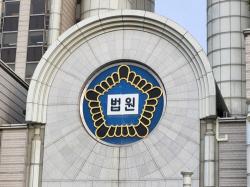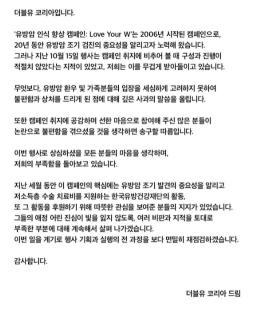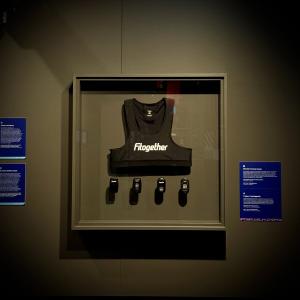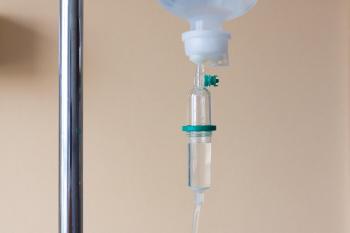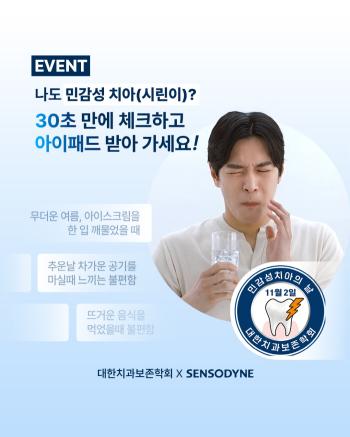Living near noisy roads increases risk of stroke by 12.4%
Sep 02, 2025
|
Researchers at Odense University Hospital in Denmark analyzed the effects of traffic noise and air pollution over 40 years on 26,700 Danish men aged 65 to 74 and published them in the international journal 『International Journal of Epidemiology』.
The study found that 14.9 decibels (dB), the noise difference between quiet alleyways and major roads, increased the risk of stroke by 12.4%.
In particular, it was analyzed that houses near major roads, railroads, and aircraft routes are exposed to higher noise.
Dr. Stefan Mainz, who led the study, said, `Traffic noise is an independent environmental risk factor, which increases the risk of stroke even when air pollution levels are low.'," he stressed.
He explained at the European Society of Cardiology (ESC) conference in Madrid, Spain that `this problem is not a temporary loud noise, but a chronic noise that persists throughout the day interferes with sleep and triggers a stress response.' "People living on noisy roadside may want to sleep in a quiet room away from traffic, seal windows and doors, or install high-performance windows." he advised.
It added that the government and local governments should reduce noise exposure through night speed limits, the use of noise-reducing asphalt, restrictions on residential traffic for large vehicles, and traffic mitigation measures.
Meanwhile, the number of stroke patients in Korea is on the rise.
According to data from the Health Insurance Review and Assessment Service, the number of stroke patients in Korea was about 660,000 as of 2023, up more than 10% from five years ago. In particular, the elderly aged 60 or older account for more than 70% of all patients, making it a representative cerebrovascular disease in an aging society.
Experts point to chronic diseases such as high blood pressure, diabetes, and hyperlipidemia as the main cause of stroke.
If the blood vessel wall weakens or narrows, blood flow in the brain may be blocked or bleeding may lead to stroke, and lifestyle factors such as smoking, drinking, obesity, and lack of exercise further increase the risk of developing the disease.
Stroke is largely divided into ischemic (cerebral infarction) and hemorrhagic (cerebral hemorrhage). In Korea, ischemic stroke with clogged cerebrovascular accounts for about 75% of the total.
For stroke, 'Golden Time' is important to receive treatment within 3 to 4 hours of onset.
Ischemic stroke requires the administration of a thrombolytic agent that melts blood clots and the treatment of drilling blocked blood vessels through endovascular procedures.
In the case of hemorrhagic stroke, surgical treatment such as bleeding site resection and pressure reduction surgery is performed.
Specialists should call 119 without delay if they experience sudden unilateral paralysis, speech impairment, vision impairment, etc. because stroke can cause serious aftereffects if they miss treatment," he stressed.
This article was translated by Naver AI translator.

